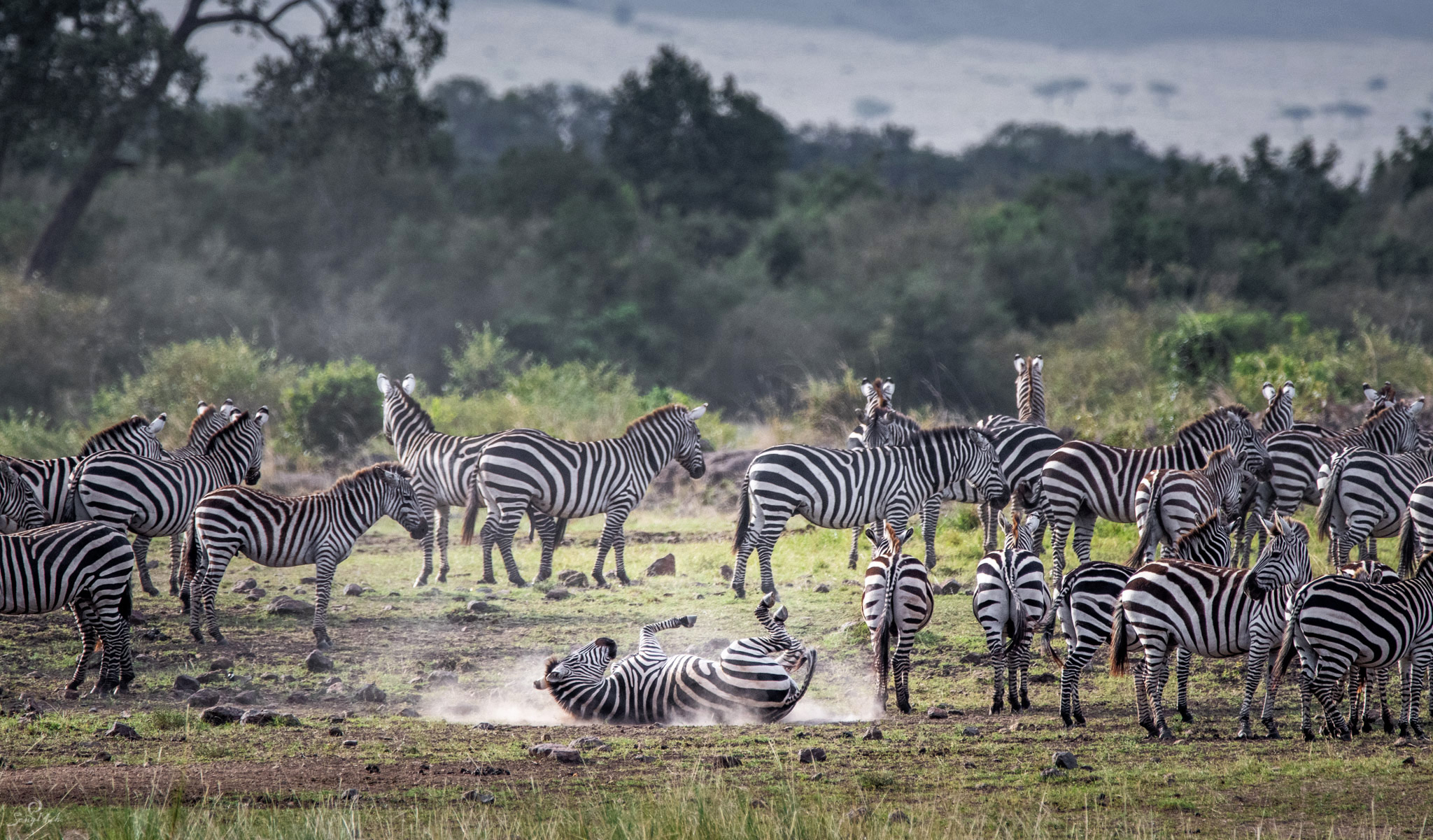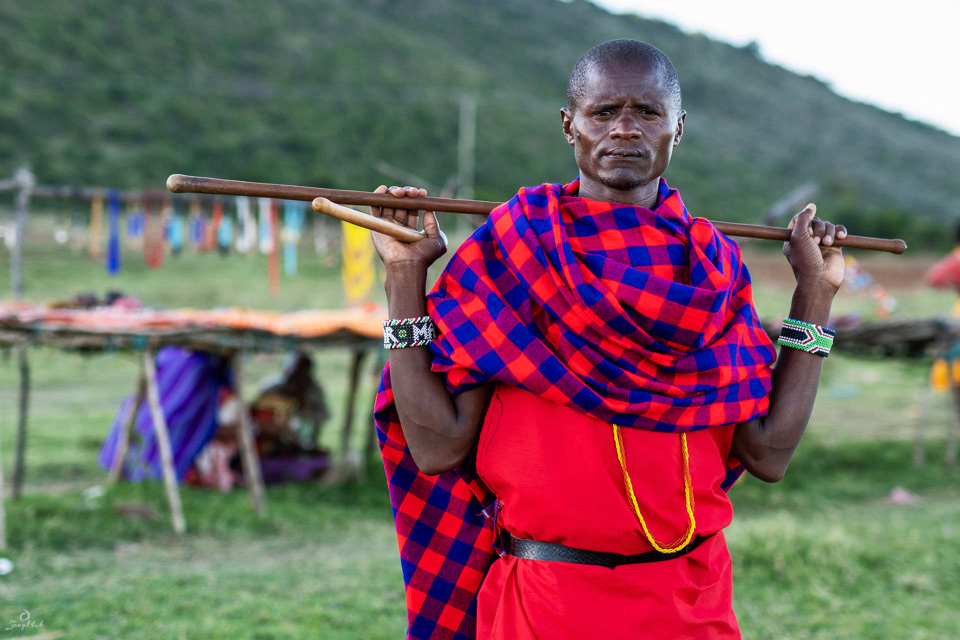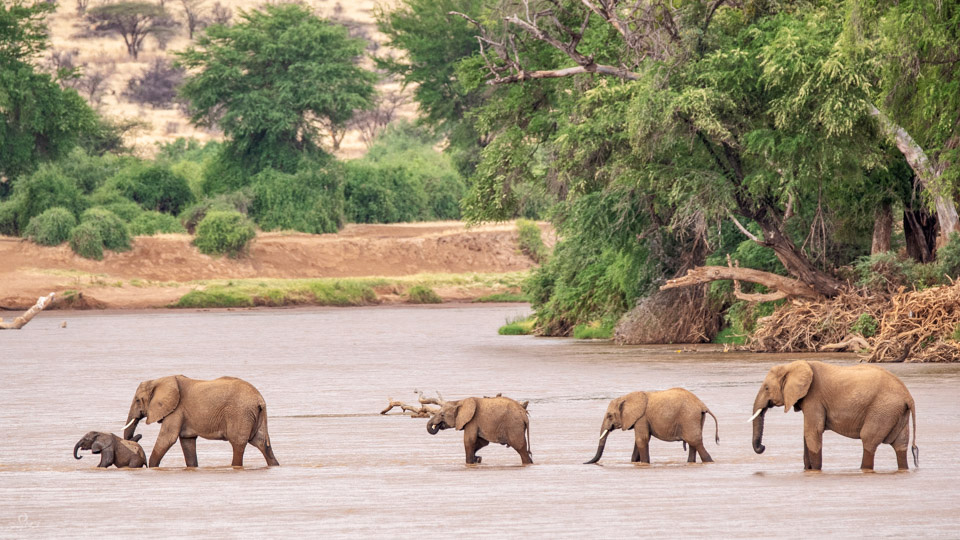Storytelling through Photography: What, How and Why?
One of the things I often ask for when it comes to photography is for the photographer to tell a story through their images. At times, I’m greeted by blank stares, and at other times, with understanding nods that tell me that my audience is in agreement with this sentiment.
For a long time, and for many people, photography has been a way of simply documenting an aspect of reality. But, as attested by the work of brilliant photojournalists and nature photographers, the power of a photograph lies not in the way that it represents reality, but in the way in which it engages our imagination and involves us in the story that unfolds in the picture.
Consider Nick Ut’s iconic (and world-changing) photograph of Phan Ti Kim Phuc that changed the course of history when it came to the US support of the Vietnam War. Commonly called “The Napalm Girl”, Ut’s photograph of Kim Phuc as a child running from her napalm bombed home with all her clothing burned off tugs at our heart strings and pulls us into the human drama unfolding within its frame.
Or, perhaps just as iconic as Ut’s powerful image, is Steve McCurry’s portrait of the riveting gaze of the Afghan girl, a refugee photographed at one of the camps McCurry had visited while on assignment. This is a much simpler composition than Ut’s “Napalm Girl” but it pulls us in.
Consider Nick Brandt’s photographs of the elephants of Amboseli. His images humanise elephants by presenting them as powerful, dignified beings, and has been instrumental in galvanising organisations and conservationists to set up anti-poaching units to fight those who would profit from harming these majestic beasts.
These images are more than documentary; more than just a slice of reality preserved in photographic imagery. It’s their emotional and storytelling content that has made them so memorable, so iconic and so emotionally laden.
As photographers, we can create powerful, engaging photographs by making them tell a story. The best stories evoke an emotional response and commitment from us: we connect with the moment in the story, with its protagonists, we invest in what happens to them and we want to know: “what happens next”.
Telling stories through photography is about tapping into all of the above. What are some of the key storytelling elements you can bring into your photography?
Telling stories
A good story has a character that we can latch onto. Characters can be human, or otherwise. Sometimes, the character doesn’t need to be in the image for its presence to be felt. If you’re photographing portraits, then the person in the photograph is the character (it doesn’t always have to be, but it usually is). If you’re photographing a landscape, then the character may be something else – it may be the nature of the land, the environment and what’s happening to it. Characters invite us to connect with them, and through that connection, we invest in the greater story that’s being told within the frame. Have a look at the following images and see if you can identify how you’re connecting with the “character” in each image (remember, the “character” doesn’t need to be human) and the emotion you are asked to invest in the character.



Some possible “readings” of these images include:
- The zebra is standing out from the crowd; it’s a rebel and, despite them all looking more or less the same, this one has decided to separate itself by breaking away from convention.
- The woman in the orange sari pops right out of her environment. Her husband is in a separate room. They’re not connected. Perhaps in all the years of marriage, they’re comfortable in living in separate spaces. Her brightness and colour draws our attention to her, gives her power in the picture.
- A cold, wintry landscape that seems to be in hibernation and at peace, yet to be awakened by the presence of humanity. In this case, the land itself is a character as we associate it with human-like emotions.
Framing stories
As photographers, it’s our duty to be on the look out for potential stories out there. The world is ripe with action, events and happenings, and we need to be observant and responsive enough to be able to capture these stories in our photography. It’s more than just realising that a moment is about to unfold and pressing the shutter button — as with all great photographs, you need to consider key elements of composition, subject to background relationships, depth of field and more.
Composition is all about how you place elements within your frame, and how these elements relate to each other and contribute to the unfolding story. In composing your shot, you’re actively thinking about the distance between elements in the frame — whether this is distance within the two dimensional plane of the photograph, or the distance in depth between elements in the frame. How much of the background do you reveal in the photograph? How close to you make the background appear to the subject/s in your frame? These are questions that you can answer through the way you compose your shot.
Have a look at the two images below. Both show similar subjects (surf-rowing) but are composed and framed differently. How has the differences in composition affected the way you react and respond to the protagonists in each frame? How does this affect the story that each frame tells?


You could say that the first image, in providing more of the setting or environment that the event is about to take place, shows us what the rowers have to face and creates a sense of tension and anticipation of impending action.
The second image, providing a tighter frame of the rowers, reveals the expressions on their faces and conveys the raw, physical effort required in this sport.
Another thing to consider in the way you shoot to tell a story is your depth of field. Depth of field determines the relationship between your subject and their background (environment). How important is the background to your story? Is it just a setting or backdrop, or are there elements in the background that are important in providing a connection between the protagonists and their environment?
Consider the images below and think about the role the background and depth of field plays in creating the story in each frame.


The second image asks us to respond to the man in relation to his setting or environment: the dilapidated house behind him. We begin to try and formulate the relationship between the two, filling in gaps by creating a story that somehow connects him to his environment. Perhaps he is visiting the now abandoned home of his childhood. Perhaps he has experienced a personal loss that has brought him here. Stories abound. And this is why the background in the second image is sharper, showing more detail, because the setting is important.
In the first image, there are enough elements in the focused subject (the man and his rooster) that the background isn’t important; it’s just a backdrop. In fact, had the background been sharp, it may have distracted from the primary subjects in this frame.
What does this all mean for you?
Storytelling is all about making choices. What or who you choose to make the protagonist/s of your story. How you choose to compose the scene, place elements within it. How you choose to depict depth in the image. The angle in which you choose to shoot.
Every decision you make as a photographer — from the lens you select to the position you place yourself in relation to the subject — are storytelling decisions. If you choose to shoot with a wide angle lens, you’ll need to get close to the subject, which then forces the background even further back visually in the frame. If you shoot from a low angle, you make the subject appear more dominant, more powerful in the frame. If you select a longer focal length to shoot with, then you affect the perception of distance between subject and background. Have a look at these examples, and see how the selection of lenses, working distance and more affect the storytelling in the images.

Shot at 50mm on a crop frame Nikon D500 (effectively 75mm), at f/2.2.

Shot at 24mm on a full frame (Nikon D750) at f/8.0

Shot at 600mm on a crop frame Nikon D500 (effectively 900mm), at f/8.0

Shot at 400mm on a full frame Nikon D800, at f/5.6
The creative decisions we make as photographers are all in the service of the stories we want our images to tell. Being aware of the story you’d like to craft is critically important. Powerful stories emerge from strong, meaningfully composed images. Shoot, frame, compose and light your images with intent. Always.

No Comments